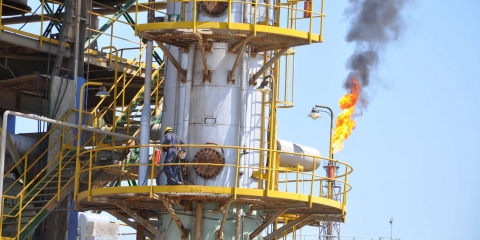Iraq Hurtles Toward Another Election: What You Need To Know
Iraq continues to move slowly but surely towards recovery. The defeat of ISIL — despite a small insurgent pocket remaining in Kirkuk and Diyala — and the (relative) success of the Kuwait conference give Iraq the tools needed to continue moving forward and begin to solve its myriad of security, economic, and societal problems. Unresolved issues — the integration […]Douglas A. Ollivant writes for War on the Rocks:
Iraq continues to move slowly but surely towards recovery. The defeat of ISIL — despite a small insurgent pocket remaining in Kirkuk and Diyala — and the (relative) success of the Kuwait conference give Iraq the tools needed to continue moving forward and begin to solve its myriad of security, economic, and societal problems. Unresolved issues — the integration of Iraq’s battered Sunnis, the relationship with the United States, and the diversification of the national economy, to mention just a few — could lead to a resurgence of the Sunni extremism that saw its latest manifestation in ISIL.
First, however, Iraq must successfully navigate the next election, scheduled for May 12. This election — the second since the end of occupation — presents three key questions for Iraq: First, will Haider al-Abadi be able to retain the prime ministry? Second, will cross-sectarian lists find success? And third, will new voices be able to emerge and take real power? The proliferation of cross-sectarian and pro-reform parties is an encouraging sign, but it remains to be seen whether change has truly come to Iraqi politics at this early stage.
Unlike earlier elections in 2014 and especially 2010, the 2018 race will be characterized by a diversity of choices. In 2010, there were essentially only four parties or “lists,” two Shi’a, one Sunni, and one Kurdish (a list is how candidates are arrayed for the voter on the ballot. A list may have more than one party in a coalition, and conversely a party may be on more than one list). This year there are (arguably) five major Shi’a lists, two major Sunni lists, two major Kurdish lists, and several interesting independent and/or new parties and lists — for a total of 88 lists overall (though several of those are individuals and minority lists).





